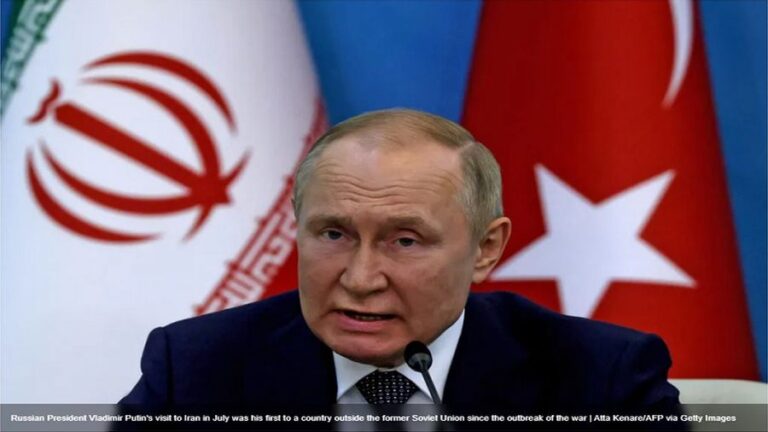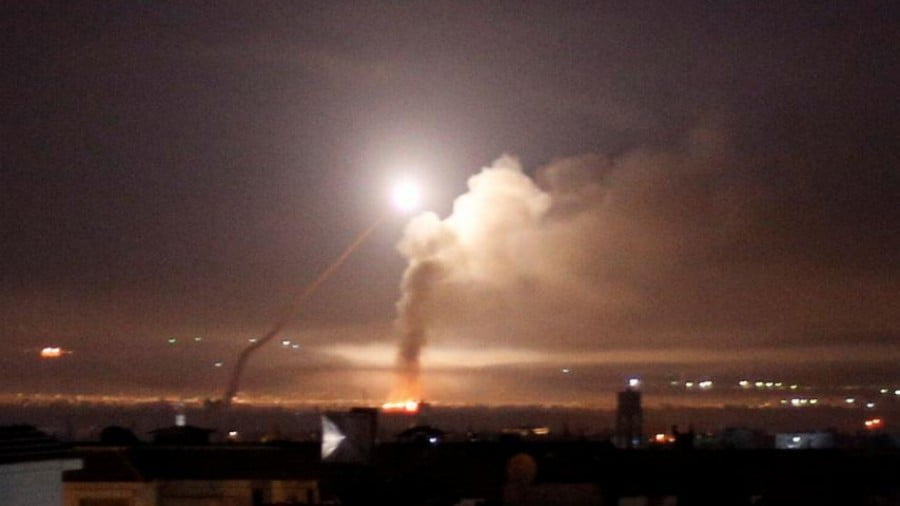Australia and the USA Held a 2+2 Meeting
On July 29, Australia’s third-most populous city, Brisbane, located on the eastern Pacific, “The Pacific,” is worth noting. More on this below-coast of the country-continent, which hosted a notable event in the political space of the Indo-Pacific region. In particular, we will talk about the next meeting of the Australia-United States Ministerial Consultations Committee, AUSMIN.
The method of communication between two countries on a platform where foreign and defense ministers meet is commonly referred to as a meeting in a 2+2 format. Again, the establishment of such a platform usually suggests a high level of trust between its creators. The exception, perhaps, is Russian-Japanese relations, whose current state has so far hopefully not forever prevented the resumption of a similar meeting.
With few exceptions, the Australia-US annual 2+2 meeting was established in 1985, and the current gathering marked the 33rd. Even though the number is not “round” at all, it is now important to pay attention to both the primary outcomes of the event as well as the simple fact that it was held. The deterioration of the situation in the Indo-Pacific Region in general and in ties between the two key players, the US and the PRC, in the course of the political game unfolding here in particular is one common reason for this.
Until recently, there was some doubt about Australia’s standing in relation to this fundamental and unfavorable trend. In May of last year, a center-left party coalition led by current Australian Prime Minister Anthony Albanese came to power in Canberra.
Notably, Australia opted to balance the dynamics that were gradually being shaped by the two key players mentioned during the previous two to three decades by occasionally favoring one of them. However, during the last phase of Scott Morrison’s former center-right government, Australia’s foreign policy moved sharply in favor of the United States and the United Kingdom.
The most significant event in this respect in September 2021 was the formation of AUKUS, a triple configuration that has not yet been established in the form of a full-fledged military-political alliance, with the participation of Australia, the United Kingdom, and the United States. At first, it appeared that its involvement would be restricted to a business transaction between the United States and the UK with the goal of removing France from the massive $60 billion program to equip the Australian Navy with cutting-edge submarines. However, this program has caused a cautious reaction in the PRC.
The signature of Australian Prime Minister Anthony Albanese on the “Joint Statement” drafted following the meeting of all three leaders of the AUKUS member countries in San Diego in March of this year was an important indication that we should not expect any significant changes in the new Australian government’s foreign policy. The main focus of this document was on the details of the implementation of the aforementioned program (by Washington and London, not Paris), whose participation by Canberra was instigated by the Scott Morrison administration.
Beijing shouldn’t expect any big changes to Australia’s foreign policy, as the visit of Fumio Kishida, Prime Minister of Japan, the main US ally in the Indo-Pacific region, has shown. The results of AUSMIN 2023 held in Brisbane (in other words, the Australian-US Meeting in the so-called 2+2 format), reflected in the extensive Joint Statement, can only confirm the presence of the above-mentioned trend. To put it mildly, this development does not give reason for hope when assessing the likelihood that the situation in the Indo-Pacific Region will improve.
Again, there is nothing about these records that can, in principle, be dismissed. However, every reader has their own set of values and perceptions of what calls for extra attention. In the author’s opinion, several positions in the text of this document are quite remarkable.
First, we may observe the appearance of signs of validity in the debate that regularly surfaces about the potential for expansion (and, subsequently, a name change) of the now “pure Anglo-Saxon” AUKUS. In other words, this arrangement eventually transcends the aforementioned “business project” framework and takes on some traits of a military-political alliance.
The parties’ stated intent to “explore opportunities to further deepen cooperation with partners” serves as proof of this. The first of the latter is Japan, along with India, Indonesia, the Philippines and the Republic of Korea. Let’s mention the fact that the triangle of “USA-Japan-Australia” is working and that new communication channels are being formed in this context. Both in general, and in each of its various aspects.
The trilateral ministerial meeting of the defense ministers of the United States, Japan, and Australia that took place on June 3 in Singapore alongside the permanent Shangri-La Dialogue conference is specifically mentioned in the text of the paper under discussion. The remarkable outcomes of the recent meeting between the Prime Ministers of the two latter countries have been described above.
Concerning the other prospective partners of the United States, Australia, and Japan, notably India, Indonesia, the Philippines, and the Republic of Korea, the NEO is continually discussing maneuvers performed by the members of the aforementioned triangle, both individually and collectively. In this context, the first summit of US, Japanese, and ROK leaders, set for August 17, will likely be a significant event in the near future.
A year ago, the probability of such an event looked remote due to the many obstacles in the ROK-Japan relationship. It all started to change dramatically a year ago with the change of leadership in Seoul. Nonetheless, the author does not believe that the outcome of the visible struggle for South Korea between the US-Japan alliance and the PRC is a foregone conclusion. Apparently, Beijing is not going to give up without a fight the positions won in the ROK over the past two decades.
Apparently, some of South Korea’s current leadership appears to be getting “chills” at the prospect of being completely embraced by the friendly Japanese-American alliance. In this regard, it’s crucial that Pyongyang refrain from engaging in excessive “muscle play” in reaction to provocations coming from the Korean Peninsula’s southern region.
The content of the document under discussion makes Washington’s and Tokyo’s current determination to include the Europeans in the process of creating an anti-China front quite evident. It is particularly regarded favorably that the 10th military exercise, Talisman Sabre, which took place from July 22 to August 4 on the territory of Australia and in the territories around the continent, was unmatched in scope. Of the 13 participating European nations, the UK sent combat units for the second time, and France and Germany participated for the first time.
And even if the first two participants in this act of Western power display could be explained in some way, it is still unclear (at least to the author) what the Germans have left on the other side of the world. The German government is still debating what is best for the nation in regards to China. The increasingly competitive placement of the two major world powers in it is becoming nearly the main component of the game, especially given the overall movement in the Big World Game to the other side of the world as the emphasis of the current stage.
Once again, it is unclear why Berlin and Europeans in general, including Italians, would choose sides in a conflict between the two. Especially since this “shift in focus” itself takes something quite radical. It isn’t just about the Indo-Pacific region; it is also about the growing significance of the whole Pacific Ocean area. The NEO has been seeing this trend for the past few years.
It is what is called a “red line” (a term that, generally speaking, provokes negative emotions due to a number of recent events in the public space) running through the entire final document of the discussed Australian-US 2+2 Meeting. Both US participants, Antony Blinken and Lloyd Austin, came to it after visiting a number of sensitive zones in the Pacific. As a result, the event’s location on Australia’s Pacific coast appears to be no coincidence.
Although the participants at the Brisbane meeting did not disregard the most controversial Indo-Pacific region’s areas, such as the South China Sea, the Korean Peninsula, and Taiwan. And, for example, the current Taiwanese leadership thanked them for their clearly indicated “support”.
These are, in the author’s opinion, the most noteworthy aspects of the next Australian-US 2+2 Meeting.
The different outcomes of this event, which are just briefly discussed here, may, however, allow any reader to establish his or her own view about it.







